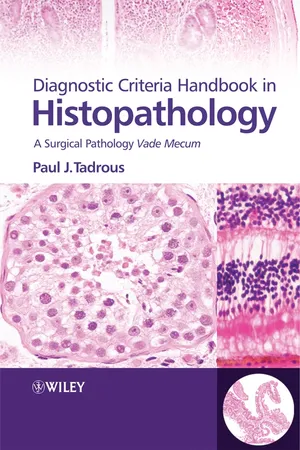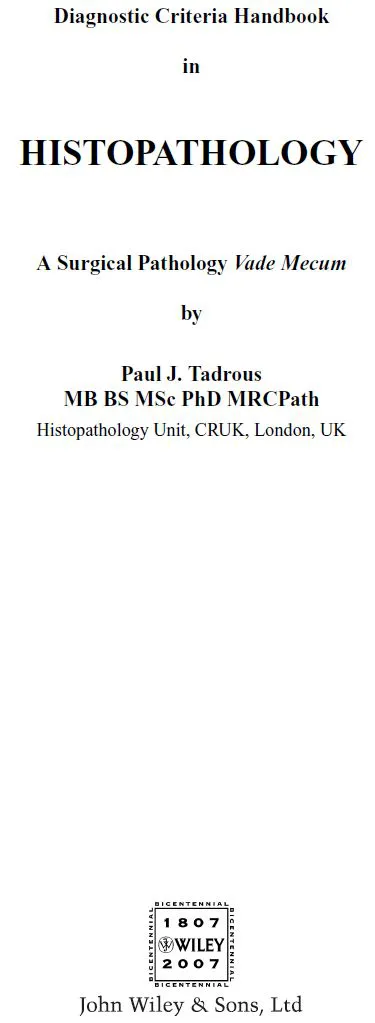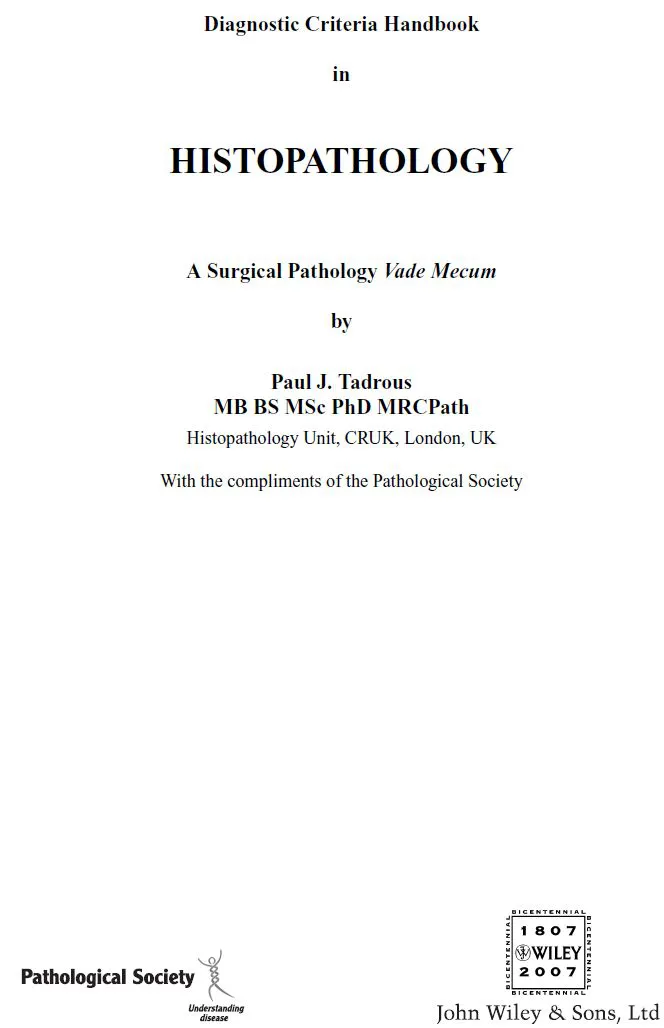![]()
![]()
![]()
Copyright © 2007
John Wiley & Sons Ltd, The Atrium, Southern Gate, Chichester,
West Sussex PO19 8SQ, England
Telephone (+44) 1243 779777
Visit our Home Page on www.wileyeurope.com or www.wiley.com
Reprinted with corrections September 2008.
All Rights Reserved. No part of this publication may be reproduced, stored in a retrieval system or transmitted in any form or by any means, electronic, mechanical, photocopying, recording, scanning or otherwise, except under the terms of the Copyright, Designs and Patents Act 1988 or under the terms of a licence issued by the Copyright Licensing Agency Ltd, 90 Tottenham Court Road, London W1T 4LP, UK, without the permission in writing of the Publisher. Requests to the Publisher should be addressed to the Permissions Department, John Wiley & Sons Ltd, The Atrium, Southern Gate, Chichester, West Sussex PO19 8SQ, England, or emailed to
Designations used by companies to distinguish their products are often claimed as trademarks. All brand names and product names used in this book are trade names, service marks, trademarks or registered trademarks of their respective owners. The Publisher is not associated with any product or vendor mentioned in this book.
This publication is designed to provide accurate and authoritative information in regard to the subject matter covered. It is sold on the understanding that the Publisher is not engaged in rendering professional services. If professional advice or other expert assistance is required, the services of a competent professional should be sought.
Other Wiley Editorial Offices
John Wiley & Sons Inc., 111 River Street, Hoboken, NJ 07030, USA
Jossey-Bass, 989 Market Street, San Francisco, CA 94103–1741, USA
Wiley-VCH Verlag GmbH, Boschstr. 12, D-69469 Weinheim, Germany
John Wiley & Sons Australia Ltd, 33 Park Road, Milton, Queensland 4064, Australia
John Wiley & Sons (Asia) Pte Ltd, 2 Clementi Loop #02-01, Jin Xing Distripark, Singapore 129809
John Wiley & Sons Canada Ltd, 6045 Freemont Blvd, Mississauga, Ontario, L5R 4J3, Canada
Wiley also publishes its books in a variety of electronic formats. Some content that appears in print may not be available in electronic books.
Anniversary Logo Design: Richard J. Pacifico
Library of Congress Cataloging-in-Publication Data:
Tadrous, Paul Joseph.
Diagnostic criteria handbook in histopathology: a surgical pathology vade mecum/by Paul J. Tadrous.
p.; cm.
Includes bibliographical references and index.
ISBN 978-0-470-51903-5 (alk. paper)
1. Histology, Pathological-Handbooks, manuals, etc. 2. Pathology, Surgical-Handbooks, manuals, etc.
3. Diagnosis, Surgical-Handbooks, manuals, etc. 4. Histology, Pathological-Examinations, questions, etc.
5. Pathology, Surgical-Examinations, questions, etc. 6. Diagnosis, Surgical-Examinations, questionss, etc.
I. Title. [DNLM: 1. Diagnosis, Differential-Handbooks. 2. Pathology, Surgical-methods-Handbooks.
3. Histological Techniques-methods-Handbooks. WO 39 T122d 2007]
RB30.T33 2007
616.07′583-dc22
2007024036
British Library Cataloguing in Publication Data
A catalogue record for this book is available from the British Library
ISBN 978-0-470-51903-5 (HB)
ISBN 978-0-470-77096-2 (HB Custom)
![]()
Copyright © 2007
John Wiley & Sons Ltd, The Atrium, Southern Gate, Chichester,
West Sussex PO19 8SQ, England
Telephone (+44) 1243 779777
Visit our Home Page on www.wileyeurope.com or www.wiley.com
Reprinted with corrections September 2008.
All Rights Reserved. No part of this publication may be reproduced, stored in a retrieval system or transmitted in any form or by any means, electronic, mechanical, photocopying, recording, scanning or otherwise, except under the terms of the Copyright, Designs and Patents Act 1988 or under the terms of a licence issued by the Copyright Licensing Agency Ltd, 90 Tottenham Court Road, London W1T 4LP, UK, without the permission in writing of the Publisher. Requests to the Publisher should be addressed to the Permissions Department, John Wiley & Sons Ltd, The Atrium, Southern Gate, Chichester, West Sussex PO19 8SQ, England, or emailed to
Designations used by companies to distinguish their products are often claimed as trademarks. All brand names and product names used in this book are trade names, service marks, trademarks or registered trademarks of their respective owners. The Publisher is not associated with any product or vendor mentioned in this book.
This publication is designed to provide accurate and authoritative information in regard to the subject matter covered. It is sold on the understanding that the Publisher is not engaged in rendering professional services. If professional advice or other expert assistance is required, the services of a competent professional should be sought.
Other Wiley Editorial Offices
John Wiley & Sons Inc., 111 River Street, Hoboken, NJ 07030, USA
Jossey-Bass, 989 Market Street, San Francisco, CA 94103–1741, USA
Wiley-VCH Verlag GmbH, Boschstr. 12, D-69469 Weinheim, Germany
John Wiley & Sons Australia Ltd, 33 Park Road, Milton, Queensland 4064, Australia
John Wiley & Sons (Asia) Pte Ltd, 2 Clementi Loop #02-01, Jin Xing Distripark, Singapore 129809
John Wiley & Sons Canada Ltd, 6045 Freemont Blvd, Mississauga, Ontario, L5R 4J3, Canada
Wiley also publishes its books in a variety of electronic formats. Some content that appears in print may not be available in electronic books.
Anniversary Logo Design: Richard J. Pacifico
Library of Congress Cataloging-in-Publication Data:
Tadrous, Paul Joseph.
Diagnostic criteria handbook in histopathology: a surgical pathology vade mecum/by Paul J. Tadrous.
p.; cm.
Includes bibliographical references and index.
ISBN 978-0-470-51903-5 (alk. paper)
1. Histology, Pathological-Handbooks, manuals, etc. 2. Pathology, Surgical-Handbooks, manuals, etc.
3. Diagnosis, Surgical-Handbooks, manuals, etc. 4. Histology, Pathological-Examinations, questions, etc.
5. Pathology, Surgical-Examinations, questions, etc. 6. Diagnosis, Surgical-Examinations, questionss, etc.
I. Title. [DNLM: 1. Diagnosis, Differential-Handbooks. 2. Pathology, Surgical-methods-Handbooks.
3. Histological Techniques-methods-Handbooks. WO 39 T122d 2007]
RB30.T33 2007
616.07′583-dc22
2007024036
British Library Cataloguing in Publication Data
A catalogue record for this book is available from the British Library
ISBN 978-0-470-51903-5 (HB)
ISBN 978-0-470-77096-2 (HB Custom)
![]()
Disclaimer
While every effort has been made to ensure the information in this book is accurate and timely, there is always the possibility that errors have been made or that medical opinion has changed since the time of writing. The author cannot accept any liability for damages of any kind resulting from the use of information received from this book.
![]()
Disclaimer
While every effort has been made to ensure the information in this book is accurate and timely, there is always the possibility that errors have been made or that medical opinion has changed since the time of writing.The author cannot accept any liability for damages of any kind resulting from the use of information received from this book.
![]()
Dedication
I dedicate this book to the memory of my father, Mr Joseph Zaki Tadrous, who sadly passed away at the age of 84 in March 2007.
![]()
Dedication
I dedicate this book to the memory of my father, Mr Joseph Zaki Tadrous, who sadly passed away at the age of 84 in March 2007.
![]()
Preface
This book presents criteria for histopathological diagnosis in list form for rapid access. It covers diagnostic surgical pathology, cytology, autopsy practice, histological technique, lab management, RCPath guidance and UK Law relevant to histopathology. Trainees and consultants in diagnostic practice and those needing a quick refresher in preparation for professional exams (such as the MRCPath) should find this book a useful companion.
While at the microscope, the pathologist will often be able to suggest a limited list of conditions in the differential and may need a reminder of the diagnostic criteria of those conditions in order to decide on the preferred option. One may go to a standard diagnostic text for this purpose but there is almost invariably a lengthy few paragraphs of prose to read in order to glean the required morphological points. These words are not wasteful when learning about a condition for the first time as one needs a substantial background of information to appreciate the condition in its context.
However, most pathologists will have already read a full account of most conditions and just need to be reminded of the major points for diagnosis. These points are what this book aims to provide as an aid to rapid acquisition of diagnostic criteria and salient information on management, Law and technique. It is not intended as an initial source text and is not a substitute for reading a full account in specialist reference texts. This is not a comprehensive account of pathology – no attempt is made to cover very basic material and some of the rarer entities are pointed to via references. This book focuses on:
- diagnostic criteria for each condition;
- immuno profiles of normal cells, tissues and pathological entities where this is helpful;
- criteria for malignancy in otherwise benign lesions e.g. what makes a malignant SFT? What are the criteria for malignancy in a pilomatricoma? When should you be worried with an ameloblastoma and when does MGUS become myeloma?
- differential diagnoses with notes on distinguishing features e.g. how do you distinguish Kaposi’s sarcoma from Kaposiform haemangioendothelioma or mucoepidermoid carcinoma from adenosquamous carcinoma or epithelioid haemangioendothelioma from epithelioid angiosarcoma or an atypical adenomatous hepatocellular nodule from hepatocellular carcinoma?
- definition of terms and quantities needed for diagnosis. For example, what are the size and mitotic count criteria for placing GISTs into malignancy risk categories? What is the definition of vertical and radial growth phases for melanoma? What constitutes an inadequate cervical smear? How big must a focus of atypical adenomatous hyperplasia be before it is considered bronchioalveolar carcinoma? What makes a lymph node metastasis a micrometastasis and how does this differ from ‘isolated tumour cells present’? Many of these have important management implications;
- grading, scoring, classification and staging criteria for tumours and non-neoplastic conditions (e.g. transplant rejection, hepatitis, ER and PgR receptor status, spermatogenesis, etc.). No attempt has been made to reproduce the TNM staging system as the UICC book is an excellent handy reference which all pathologists working with tumours should have. Some aspects of TNM have, however been included in this book where it emphasises certain practical points (e.g. in Chapter 4: Cut-Up and Reporting Guidelines). A separate Grading Index page is provided for rapid access to the various schemes (see page xxv);
- dating criteria for endometria, myocardial infarction, thrombi and villi (following intra-uterine death);
- normal values and ranges e.g. for PM weights, placental weights, weight ratios, mitotic counts, etc;
- laboratory methods are covered from a pathologist’s perspective;
- laboratory management (health and safety, UK legislation and government initiatives, budgetary control, Clinical Governance, etc.) and summary guidance from the RCPath National Datasets for Reporting Cancers, cut-up, autopsy practice and reporting major types of specimen together with handy anatomical diagrams;
- frozen section diagnosis –a separate ‘Frozen Section Index’ (see page xxvi) points to advice for peroperative diagnosis in all the chapters for rapid access to this information;
- mnemonics and general advice in exam technique are offered for MRCPath exam candidates.
This book bridges the gap between specialist diagnostic texts (with their reams of context) and study books for trainees (with their reams of aetiology, pathogenesis and molecules) by presenting diagnostic information in practical detail – but without the padding.
PJT, London, 2007
![]()
Acknowledgements
The support of the Pathological Society of Great Britain and Ireland in helping to get this book to press is gratefully acknowledged. I would like to thank all my colleagues, both junior and senior, who contributed to this book by answering my queries and by giving me questions to answer. A special thanks to all the pathologists who answered my specific questions regarding topics in their own field while I was researching this book – this was often in response to queries I had over individual patient’s cases as well as specifically for the book. They include (in alphabetical order – and apologies for anyone I may have missed): Dr Emyr Wyn Benbow, Dr Ashish Chandra, Prof H. Terry Cook, Prof Amar P. Dhillon, Prof Cyril Fisher, Prof Andrew M. Hanby, Prof Alec J. Howie, Prof Stefan G. Hübscher, Prof Günter Klöppel, Dr Jay H. Lefkowitch...


